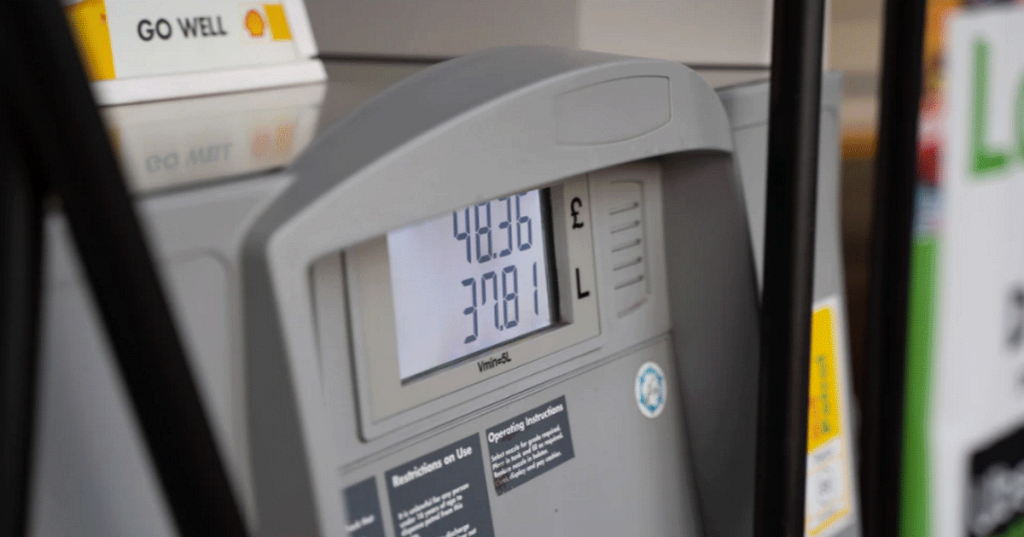The world’s economy is dynamic and subject to constant change. Phenomenon of a reduction in the value of money, which leads to an increase in an individual’s cost of living, is known as inflation. Cost Inflation Index or CII is a tool used in the calculation of an estimated yearly increase in an asset’s price because of inflation. The Central Government fixes this index and notifies each year in the official Gazette.
The purpose of CII:
A Cost Inflation Index table is used to calculate the long-term capital gains from a transfer or sale of capital assets. Long term capital assets are recorded at their cost price in books. Despite rising prices of assets, these capital assets cannot be revalued. At the time of sale of these assets, the profit or gain acquired from them remains high due to their high sale price in comparison to their purchase price. Assessees pay a higher income tax on the gains from these assets.With the application of Cost Inflation Index for capital gain, the purchase price of assets is adjusted according to their sale price, leading to lower profits and lower tax amount on them.
The CBDT in February 2018 notified new Cost Inflation Index numbers applicable from 2017-18 onwards, shifting from the old base year of 1981 to 2001, with 100 taken as its CII, revising indices for subsequent years.
Base Year in CII:
The base year is the first year in the index whose value is set at 100. Indexation is done in accordance with base year to check their increase in the inflation percentage in the following years.
For assets purchased before the base year of CII, assesses can consider their purchase price as the higher between their Fair Market Value and the actual cost of the same on 1st day of the base year. The benefit of indexation is then applied to the calculated purchase price of assets. FMV is calculated based on the asset’s valuation report as presented by a registered valuer.
Indexation for Long-Term Capital Assets:
Indexation is applied to cost of asset acquisition to adjust the price of assets in accordance with inflation using the following formula:
Indexed cost of asset acquisition =
CII for the year of sale or transfer x Cost of asset acquisition)/ CII for the first year in the holding period of asset or year 2001-02, whichever comes later,
Indexed cost of asset improvement =
CII for year of sale or transfer x Cost of asset improvement)/ CII for year during which the asset improvement took place.
Things to Note about CII –
- If an asset is received at an assessee’s will, CII is considered for the year in which it is received. The asset’s actual purchase year is to be ignored.
- Any improvement cost incurred before April 1st2001 is not viable for indexation.
- Benefits of indexation are not applicable for debentures or bonds, apart from RBI issued sovereign gold bonds or capital indexation bonds.
How Can Indexation Reduce Tax Liabilities on LTCG for Assesses?
Cost Inflation Index for FY 2019-20 is 289, adjusting it from 280, which was the CII for FY 2018-19. Since CII is utilised to calculate the inflation-adjusted cost of asset acquisition for computation of LTCG of assets, this indexation can help to reduce tax liabilities on the same. Assessees can bring down their quantum of tax applicable on long term capital gains on the assets held for more than 24 months during the time of sale or transfer which are taxed at a rate of 20% with CII application.
The profit is reduced due to indexation, bringing down tax liabilities on LTCG, resulting in an increase in the subscriptions and issuance of bond funds and Fixed Maturity Plans (FMP).

